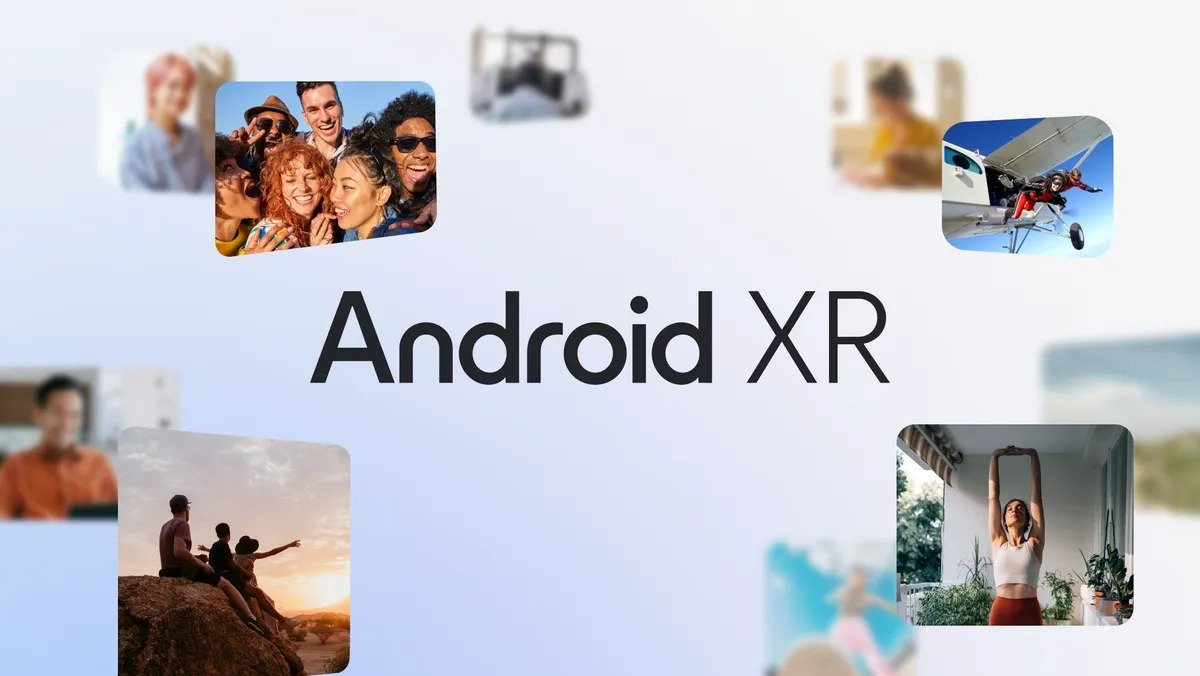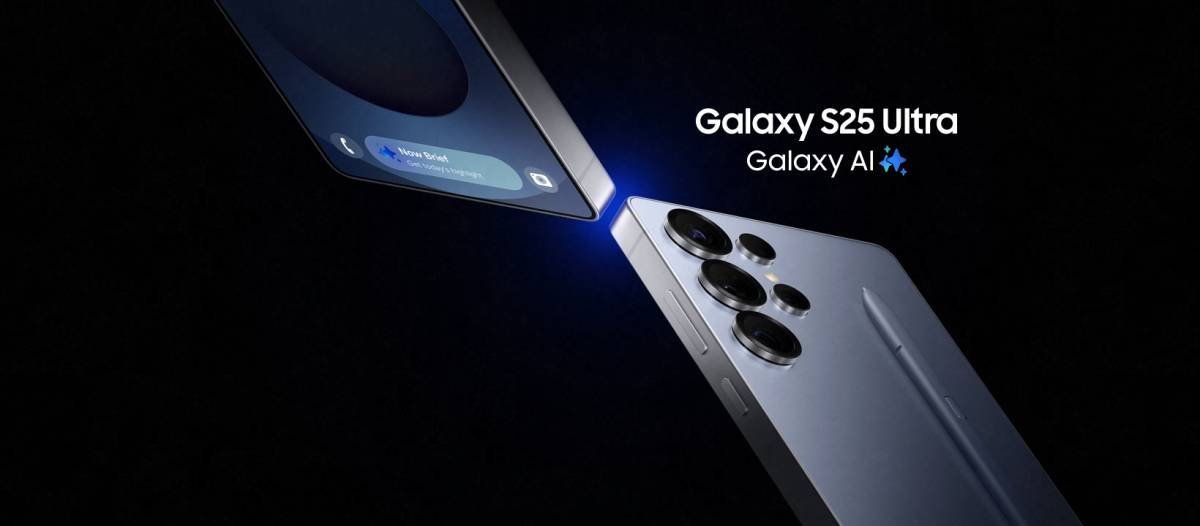As digital creativity continues to evolve, TikTok is taking significant steps to ensure transparency and authenticity in content creation by introducing a new set of tools designed to label AI-generated content. This initiative is not only aimed at empowering creators but also at providing clarity to viewers, thereby fostering an environment of trust and reliability on the platform.
Innovative Labeling for All Forms of AI-Enhanced Content
TikTok’s latest update allows creators to label any content that has been either entirely generated or significantly edited by AI. This new labeling tool is part of TikTok’s broader strategy to integrate clear markers on AI-generated content, making these disclosures as normal as other familiar indicators like verified account badges or branded content labels.
Mandatory Compliance with Enhanced Community Guidelines
The inclusion of AI labels has become a mandatory aspect of TikTok’s community guidelines. Any content that features “realistic images, audio or video” and is AI-generated must now be labeled accordingly. This directive aligns with TikTok’s commitment to prevent the spread of misleading content, thereby safeguarding the platform’s integrity.
Towards Automatic AI Detection
TikTok is not just stopping at manual labeling. The platform is actively developing technologies for automatic detection of AI-generated content. This feature is currently in the testing phase and aims to automatically tag content detected as edited or created with AI, simplifying the process for creators and ensuring consistent compliance across all uploads.
Expert Collaboration and Community Engagement
The rollout of these new tools was shaped by consultations with TikTok’s Safety Advisory Councils and insights from experts in the field, including researchers from MIT. This collaborative approach underscores TikTok’s commitment to responsible AI use. Furthermore, TikTok is engaging with its community through educational resources and media literacy initiatives to deepen the understanding of AI technologies among users.



















Add Comment